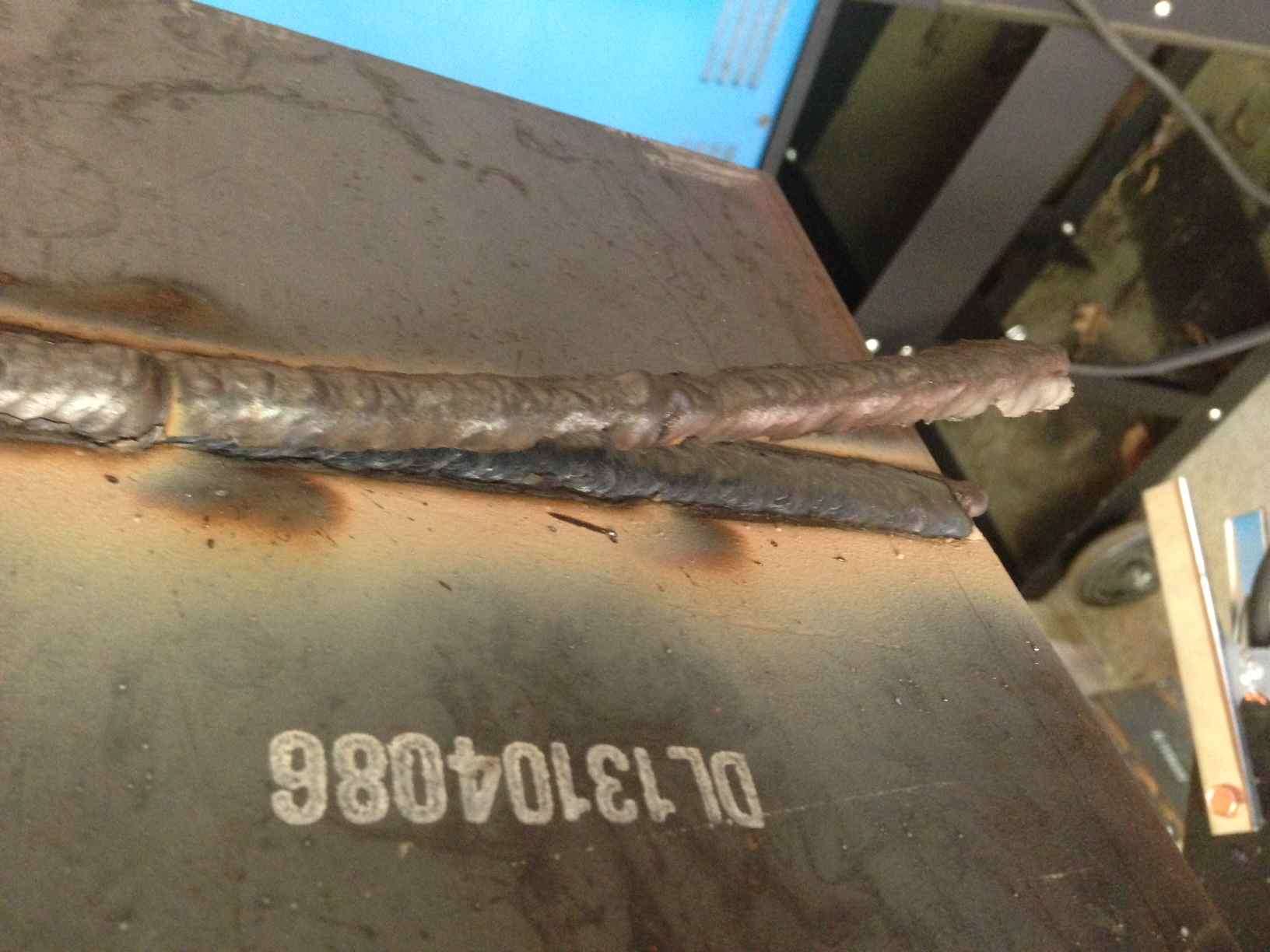7018 Welding Rod - Tips and Tricks, Settings, and Techniques for 2f, 3f, 4f, tee joints
2F horizontal Tee joint with 1/8" 7018 welding rod
- HOME
- STICK WELDING
- 7018 Welding Rod
Every welding student needs to be able to weld a 2f tee joint with 7018 welding rod.
CURRENT...setting the right polarity and current (DCEP also called reverse polarity with around 125 amps will get you in the ball park with most welding machines)
ARC LENGTH...remember that the rod gets shorter as it burns so it takes a bit of practice to maintain the right arc length ( arc length should be equal to or less than electrode diameter as a rule of thumb)
ANGLE OF THE DANGLE...electrode angle should be roughly 45 degrees between the upper and lower plate and roughly 15 degree drag angle. This is pretty forgiving if your arc length is good.
MANIPULATION....very slight manipulation can be used to help flatten the bead but none is really needed and some welding procedures limit electrode manipulation requiring stringer beads
SPEED...travel speed depends on a lot of things like thickness of metal but should be slow enough to not leave any undercut
3F Vertical uphill Tee joint with 1/8" 7018 welding rod
3f vertical is where gravity starts to make things less forgiving.
DCEP with 110-125 amps will work on 1/4" and thicker metal as long as arc length is good.
electrode angle should
be roughly 45 degrees between the left and right members with a slight upward push angle. (I find that if I aim for a dead nuts straight in angle, I actually have a slight push)
I often use an upside down V manipulation to help flatten the bead but none is really needed and some welding procedures limit electrode manipulation requiring strictly stringer beads
travel speed depends on a lot of things like thickness of metal but should be slow enough to not leave any undercut.
keep a tight arc but don't jam it in.
4F overhead Tee joint with 1/8" 7018 welding rod
4f overhead welding with 7018 rod is really very much like 2f horizontal.
The most common mistake I see with beginners and students is treating overhead different and setting the amperage lower.
Overhead can be done using almost the same amps as flat or horizontal.
DCEP with 120-130 amps will work on 1/4" and thicker metal as long as arc length is tight enough.
electrode angle should be roughly 45 degrees between the left and right members with a slight drag angle.
A slight manipulation can help flatten the bead but none is really needed and some welding procedures limit electrode manipulation requiring strictly stringer beads
travel speed depends on a lot of things like thickness of metal but should be slow enough to not leave any undercut.
For multipass welds the last bead goes better if the rod is pointed more to the top member
keep a tight arc but don't jam it in.
keys to the lambo: "set the machine hot enough that the rod doesn't stick even when you hold a tight arc...Then hold a tight arc"
6010 Root 7018 Fill and cap on a 3G plate test













